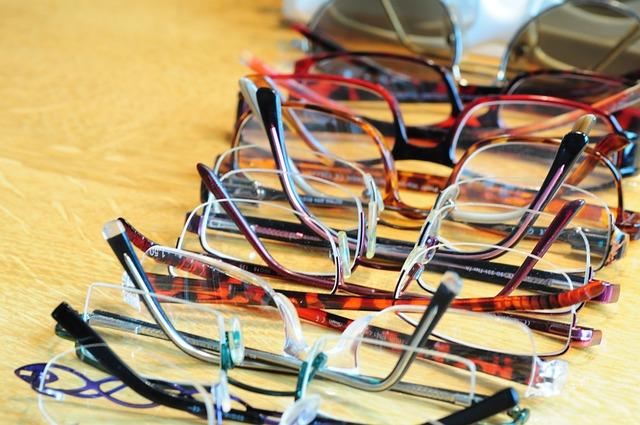Children generally outgrow the need for glasses, although the time it takes varies from child to child. There are specific changes in the eye's shape during a child's early development that are caused by early vision diseases. These conditions include esotropia, astigmatism, nearsightedness, and farsightedness. As children grow, the shape of the eyes stabilizes, which may eliminate the need for glasses. Children outgrow esotropia between the ages of 9-12 years. Many children do outgrow farsightedness, but some do not and require prescription eyeglasses or contact lenses. Concerning astigmatism, some children may outgrow it, provided it is slight and they do not suffer from nearsightedness or farsightedness. Unfortunately, children do not outgrow nearsightedness since it is hereditary. As children grow older, they can use contact lenses as substitutes for eyeglasses.
Will my child outgrow the need for eyeglasses?


